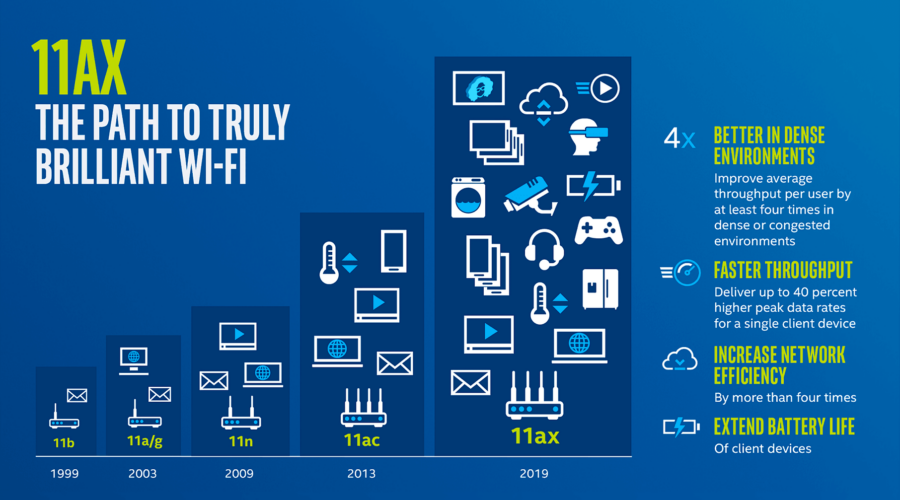As companies migrate to the cloud, many providers are serving up industry clouds—cloud services that offer data models and workflows that meet the basic needs of companies in particular industries like banking, healthcare, and manufacturing. By taking care of table stakes requirements, these specialized clouds are saving companies time and money. And perhaps more importantly, they’re freeing up many industry leaders to innovate new services for customers.
“In the most recent IDC survey conducted for industry cloud users, about 46% of those users said they have already implemented at least one industry cloud, and about 47% said they are planning to do so in the next 12 months,” says Nadia Ballard, IDC research manager. “It’s a very fast growing space and very exciting.”
The uptake is accelerating, and despite being relatively new on the scene, with a consensus to approach with clarity and caution, industry clouds are steadily proving their worth and the benefits speak for themselves, especially around visibility and transparency, according to Chad Wright, CIO of robotics company Boston Dynamics.
“When I joined the company three years ago, it was your typical 10 silos for 10 departments,” he says. “People were building spreadsheets and trying to do their own things. As a leadership team, we needed to build a platform that would allow visibility across the organization because we felt it was going to be advantageous in our speed to market with our own robots, and we’ve seen that. In our first year of ERP, we shaved 75% off of our order cycle time, and that had a lot to do with that visibility that these industry clouds could provide us.”
For Kumar Iyer, business technology senior leader at KeyBank, there were challenges to face, including legacy technology and a lot of manual processes. So the options were to either invest and build from the ground up, or look at industry clouds. They chose the latter.
“The reasons why we did that were essentially because of frequent updates, new features that we could get out of the box quickly without having to build, and the ability to solve for the table stakes issues,” he says. “The things you have to build in this space aren’t really offering us any competitive edge, but there’s still a significant amount of investment in actually getting those things done.”
CIO’s Stan Gibson moderates this high-level panel to get clarity on the benefits and potential pitfalls of the rapidly growing market of industry clouds. Here are some edited excerpts of that conversation. Watch the full video below for more insights.





